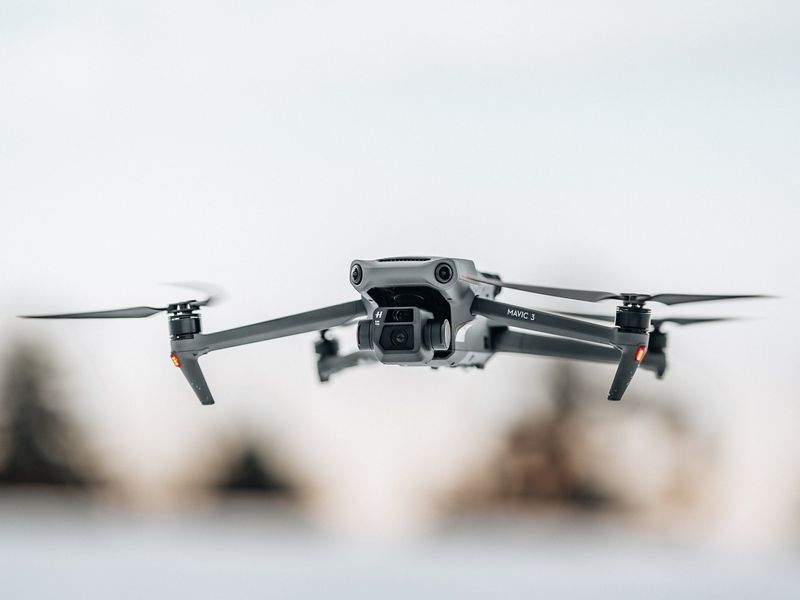Mobile Operators Urged to Strengthen GTP Protocol Security in Light of Recent Study
Introduction
A new study conducted by SecurityGen, a global provider of security solutions and services for the telecom industry, has revealed concerning vulnerabilities in the GPRS Tunnelling Protocol (GTP) used in 5G and LTE networks. The study found that the majority of networks assessed had no cybersecurity measures in place to defend against GTP-based attacks. These vulnerabilities could potentially allow attackers to intercept user data, engage in fraudulent activities, or disrupt network services. The study highlights the urgent need for mobile operators to reassess the security of their networks and implement robust mitigation strategies to protect against these threats.
The Significance of GTP Protocol Vulnerabilities
The GTP protocol is widely used in mobile networks and serves as the foundation for seamless communication between different generations of networks, including 3G, 4G, and 5G. The interconnected nature of these networks amplifies the risks posed by GTP security vulnerabilities. The SecurityGen study reveals critical threats associated with GTP-based attacks, including:
- Successful test attacks on subscriber information disclosure in 71% of assessed networks.
- Vulnerability to fraudulent activity involving the GTP protocol in 62% of assessed networks.
- Susceptibility to targeted attacks on subscribers aimed at impeding or interrupting data transmission services in 85% of assessed networks.
- Network equipment denial-of-service attacks in 46% of assessed networks.
- User traffic interception in 69% of assessed networks.
These vulnerabilities expose mobile operators to significant risks, including compromised user data, financial losses due to fraudulent activities, and network disruptions that can impact millions of users. The findings of the SecurityGen study indicate a worrying lack of robust security measures across a significant portion of mobile networks.
Implications for Mobile Operators
The SecurityGen study reveals that an alarming 77% of assessed mobile networks had no cybersecurity measures in place to protect against GTP-based attacks. This highlights a significant gap in network security readiness, particularly as mobile operators continue to invest in and roll out 5G networks. Despite ongoing efforts by the GSMA (Global System for Mobile Communications Association) and individual mobile operators since 2017, comprehensive cybersecurity measures are still lacking in the majority of networks.
The interconnected digital future we rely on makes it imperative for mobile operators to prioritize effective cybersecurity measures. This includes implementing a comprehensive GTP protection strategy that encompasses the deployment of functional GTP firewalls, the application of GSMA-recommended protections, the integration of intrusion detection systems, and regular monitoring of all network communication interfaces.
GTP Firewalls and Enhanced Network Security
The SecurityGen study found that even when mobile operators claimed to have deployed GTP firewalls, these firewalls were either not actively operational or their filtering rules were not correctly configured or enabled. This emphasizes the need for mobile operators to ensure the deployment of fully functional GTP firewalls to improve network security.
By adopting advanced GTP firewall solutions, mobile networks can significantly enhance their security posture and protect against multiple GTP attack vectors. Implementing a GTP firewall that aligns with industry best practices and includes effective filtering rules can thwart potential attacks and safeguard user data.
The Role of Industry Collaboration
The SecurityGen study serves as a wake-up call to the wider telecoms industry, urging operators and stakeholders to take the necessary action to secure our interconnected digital future. Collaboration between industry players, standard-setting organizations, and government regulators is crucial in addressing the vulnerabilities identified in the GTP protocol.
The GSMA is already working towards establishing comprehensive cybersecurity measures for mobile networks. However, it is essential for mobile operators to be proactive in implementing these measures and proactively monitoring their networks for potential vulnerabilities.
Conclusion
The SecurityGen study highlights the urgent need for mobile operators to reassess the security vulnerabilities present in the GTP protocol. As the deployment of 5G networks continues to expand, it becomes increasingly vital for mobile operators to prioritize cybersecurity measures to protect their networks and mobile users. By deploying robust GTP firewall solutions, adhering to industry best practices, and collaborating with stakeholders, mobile operators can defend against GTP-based attacks and ensure the integrity and security of their networks.
It is imperative for mobile operators to view effective cybersecurity as a commercial and operational priority, in order to safeguard the trust of their customers and contribute to a secure digital future.

<< photo by Bill Salazar >>
The image is for illustrative purposes only and does not depict the actual situation.
You might want to read !
- Navigating the Complexities: Formulating Effective AI Risk Policy
- The Rise of Machine Trust: Transforming Cybersecurity
- Freeze[.]rs Injector Weaponized for XWorm Malware Attacks: A Dangerous New Attack Alert
- Exploring the Key Strategies for Securing Enterprise Private 5G Networks
- The Hidden Risks of Discarded Devices: How Your Old Gadgets Can Become Gateways for Wi-Fi Network Breaches
- Advocating for a Zero-Trust Framework: Safeguarding the Public from AI
- “The Quiet Threat: Unmasking the Vulnerability of Laptop Keystrokes”
- The State of Cybersecurity: Key Takeaways from Recent Events
- Network Chaos: Unraveling the Key to Enhanced DDoS Detection
- Securing the High Seas: Navigating Environmental Regulations and Cyber Threats in the Maritime Industry
- Intel Tackles the Challenges of 80 Firmware and Software Vulnerabilities
- The Race Against Cyber Threats: An In-depth Look at Android’s August 2023 Security Updates




